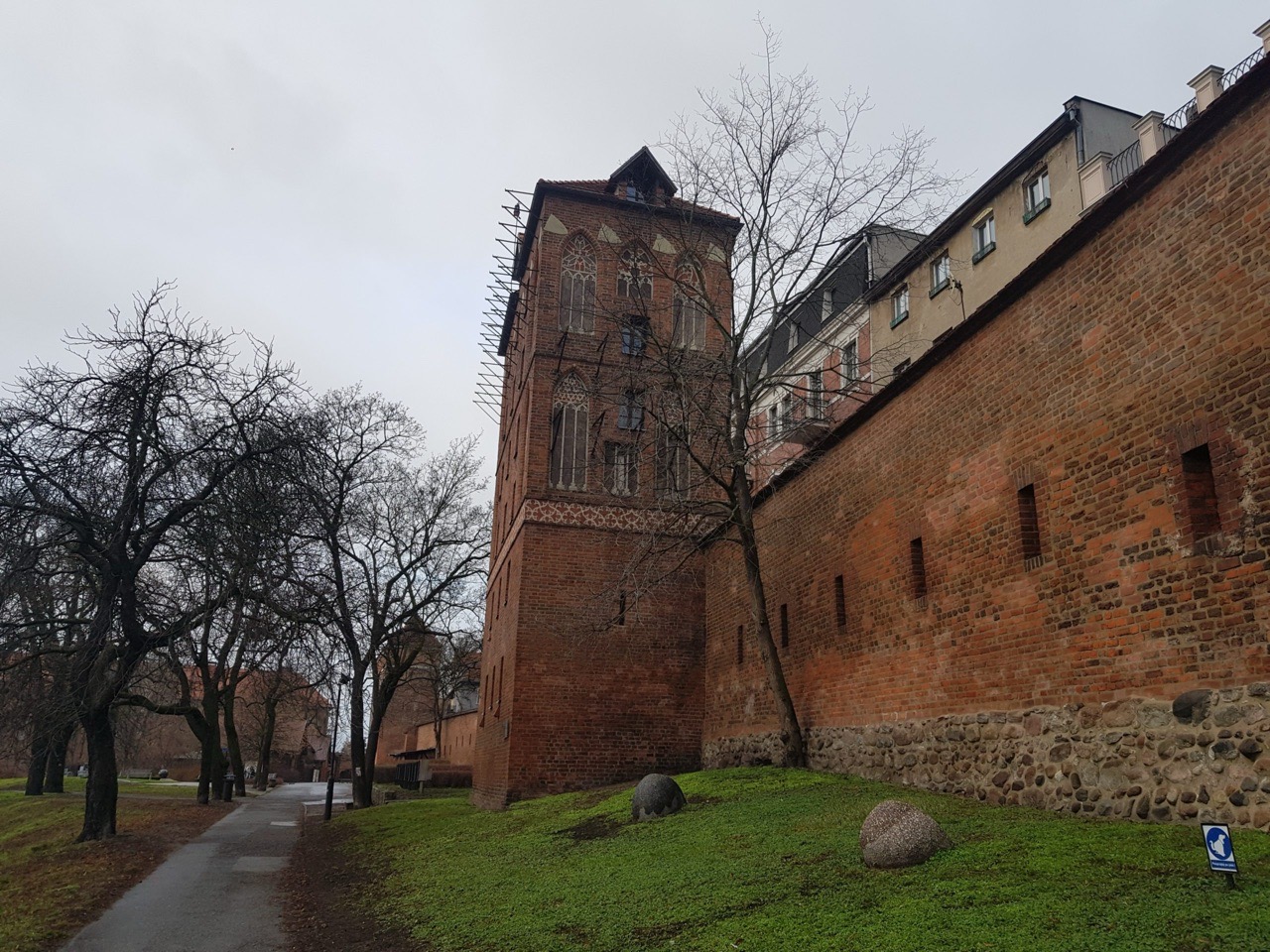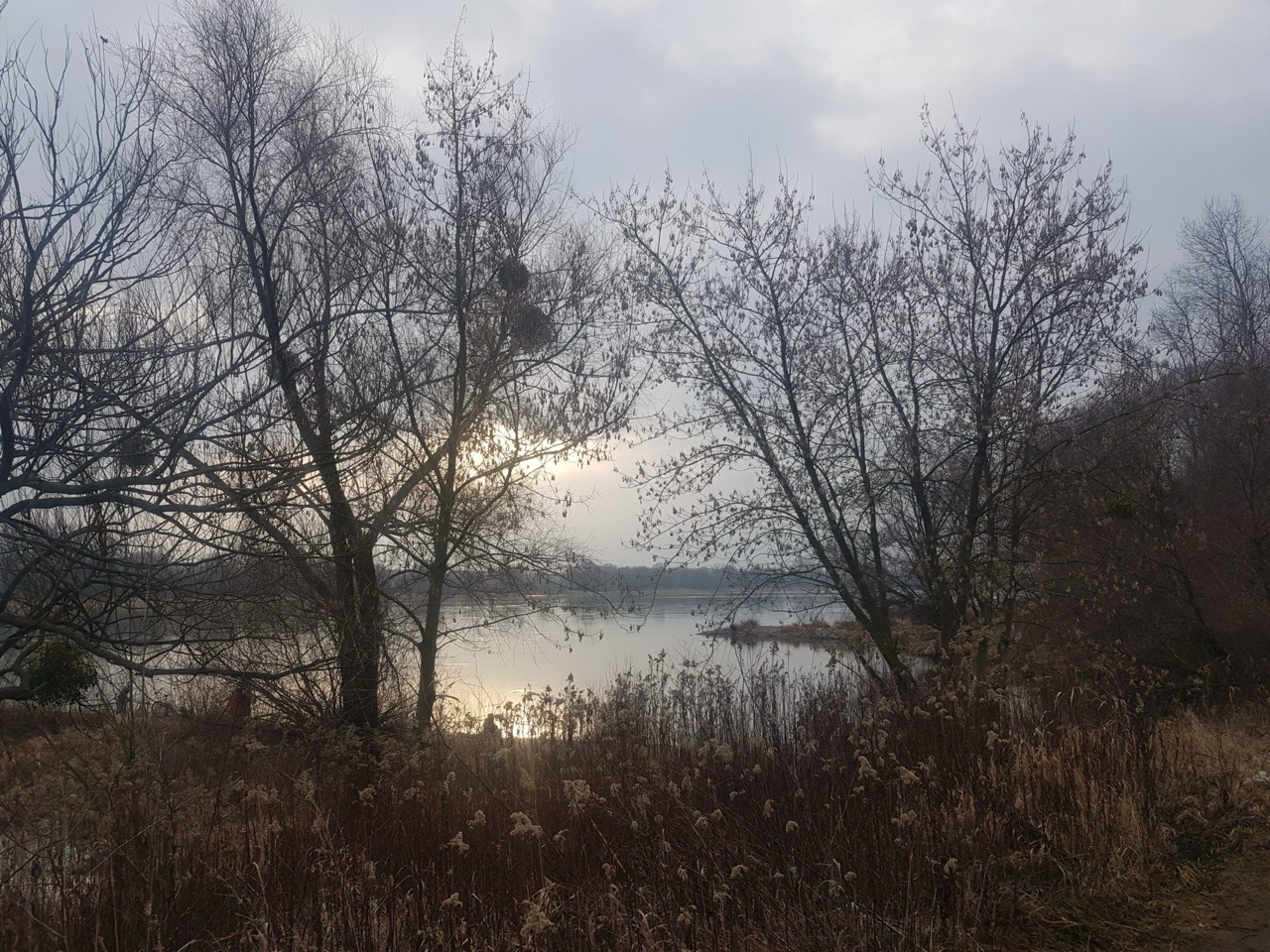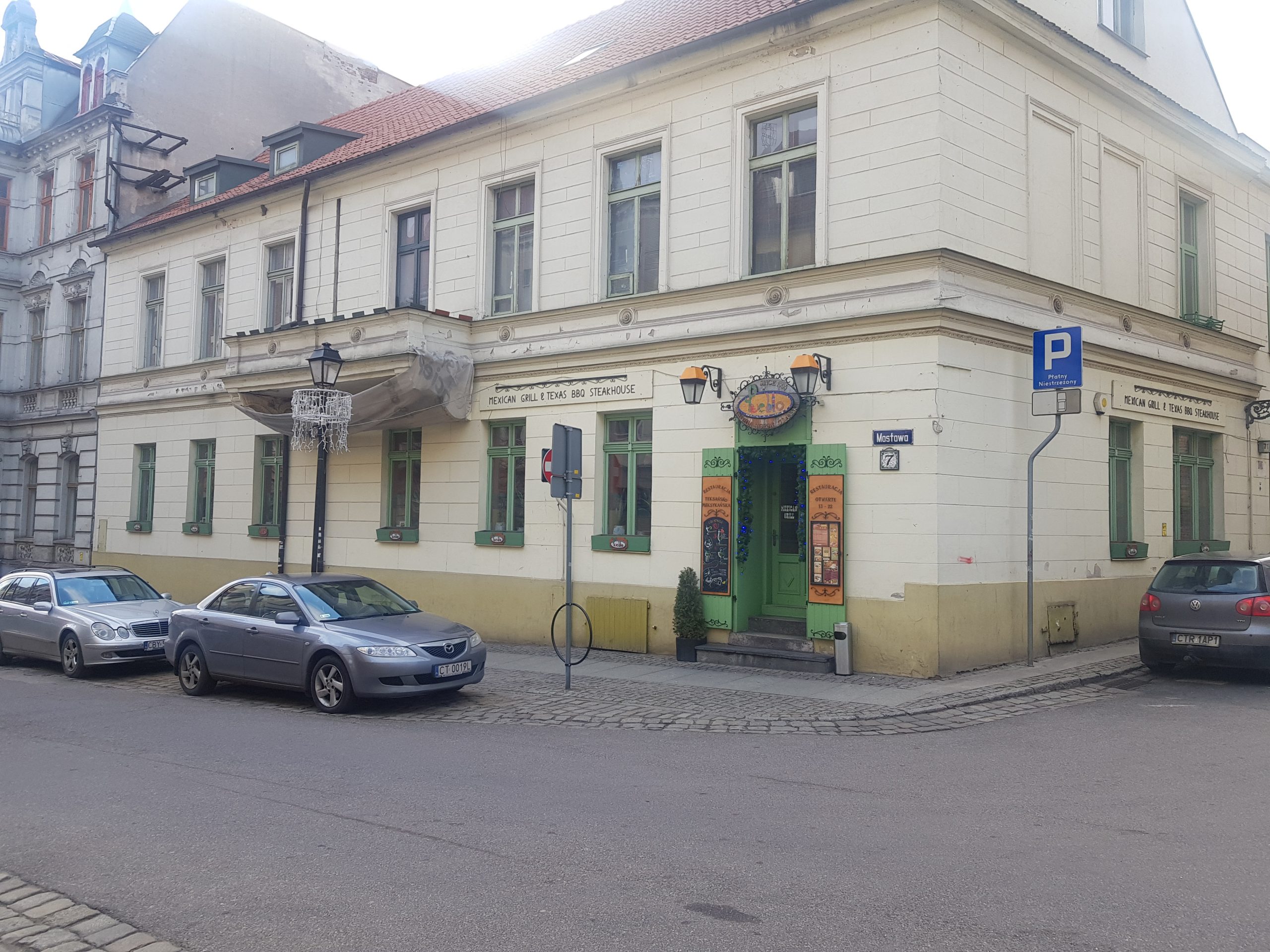Torun – House of Nicolaus Copernicus
It’s known that Copernicus lived in Torun, but there’s some doubt about exactly where Nicolaus was brought up as the family owned two homes in the city. Since only one of them remains, it’s best to assume that it’s this one. Either way, the museum is located in a fifteenth century gothic style building that was owned by the family, so there’s a high chance that he at least visited. Nicolaus Copernicus was born in 1473 and was an astronomer and scientist, who was also known for his economic theories.
The museum starts, confusingly with an exhibition in the cellar primarily in Polish, on astronomy. The astronomy link is understandable, but I’m unsure why they’ve started a tour of the museum without giving any context to Copernicus, or indeed the building. So, after what I felt was a poor use of the space, the tour continued on up the stairs. This was also the only area which was mostly in Polish, so perhaps it’s a temporary exhibit that they’ve replacing.
There are a series of rooms which are furnished and decorated with furniture contemporary to the period. Understandably, there’s nothing left of the interiors from this property and very few original items relating to Copernicus exist other than in nationally important collections. That means there are a lot of copies of books, documents and paintings, all of which is no doubt inevitable.
The highlight of the museum, and its strongest element, are the recreated rooms which do give some context to how the building used to look. Above is what the museum term as a kitchenette, which seems an accurate description, as it’s a kitchen set off from the main hall. It is apparently usual for the north-eastern corner of a high hall to be used in this manner, with the chimney visible in the above photo.
An Hevelius compass from 1638, produced by Johannes Hevelius, who was also the Mayor of Gdansk. This is one of the treasures of the museum’s collection and although there’s no direct link with Copernicus, it’s a piece of astronomical history.
The museum has become a little obsessed with technology and this room gave the impression of being on fire. I understand these elements are useful for engaging children, but some of the technology and screens in the museum don’t work properly. The screens are also in places nearly entirely pointless, some just contain a few pages of text which the museum might as well have put on the wall. Indeed, there’s a lack of information to read across the museum, with some rooms containing only minimal information.
A recreation of a tenement house.
The museum was refurbished a few years ago and an elevator was added to the rear of the building, which is where these were found. A screen next to the knives usefully told me that they are metal knives and there’s a photo of them. To me, this is a ridiculous use of technology, I don’t need a photo of an item that it’s next to, I can look at the actual item. And telling me it’s a metal knife isn’t really informing me of anything. If the museum wants to use technology, it could have given information about how they were excavated or an example of what they might have originally looked like.
No screen here fortunately, this a tanned leather pouch from the fourteenth century.
An old sign from when the building was turned into a museum.
I didn’t really engage with this museum, there wasn’t enough depth to the information provided and the signage in the museum wasn’t entirely clear. I’ve never really understood museums doing this as if I can see people going the wrong way, surely a curator would see the same and put some more arrows up? I think that the museum pre-2017 had information only in Polish, so the screens were perhaps added to allow for information to be provided in German and English. There’s only a certain amount of patience that visitors can have though pushing screens that are only partly responsive, so given the technology didn’t provide much more information, I personally don’t see the point in them. However, the museum isn’t badly reviewed, so it clearly isn’t offending many people.
My random complaints apart, it’s an interesting enough way to spend an hour, as the interiors are well described and there’s quite a lot of house that can be seen. I would have liked more information about the history of the building between the sixteenth and twentieth centuries though, this seemed to be missing from the museum’s narrative. Although, I suspect that I missed a room because of some signage I didn’t think was clear, so perhaps it was in there. And on another note, the building itself is in excellent condition internally and externally, as well as being clean and well maintained.
















